Disclaimer: The CREL’s curriculum is made possible by the support of the American People through the United States Agency for International Development (USAID). The contents of the curriculum do not necessarily reflect the views of USAID or the US Government
Module 2: REDD+ in Climate Change Context ![]() (docx - 2 MB)
(docx - 2 MB)
Given the enormous significance of climate change for people and our environment, along with the likely plethora of current and future collective social responses, it is important that university students gain key knowledge and skills related to REDD+ within climate change context. “REDD” stands for “Reducing Emissions from Deforestation and forest Degradation” in developing countries. The “+” signifies conservation of forests, sustainable management of forests and enhancement of forest carbon stocks.
REDD+ in Climate Change Context is one of five modules of Bangladesh Climate-Resilient Ecosystems Curriculum (BACUM) - a free teaching resource primarily for university professors and training experts in Bangladesh. This module is designed in a flexible manner so that Bangladesh professors can easily adapt it to different types of audience. University professors can either integrate this module into their existing curricula or adopt it as a complete stand-alone course.
The participating universities and training institutions in Bangladesh will lead the curriculum application at the countrywide level to prepare qualified climate change experts for Bangladesh and South Asia.
Module Aim
This REDD+ in Climate Change Context course aims to teach students with a broad type of necessary knowledge, skills, and attitudes related to key topics on forests and climate change under the overarching and evolving REDD+ initiative.
Module Format Options
This module presents an iterative structure for students to better analyze the multi-dimensional aspects of REDD+. The module is designed in five main sections, each including multiple topics:
- Section I: Enabling Environment of REDD+
- Section II: Assessing Current Conditions of REDD+
- Section III: Analyzing Future Options for REDD+
- Section IV: Developing REDD+ Strategies and Action Plans
- Section V: Monitoring, Evaluation and Adaptation
Given the needs per university, BACUM is developed to be flexible and adaptable to a wide range of educational contexts and country specifics. For academic level, university professors can adapt these materials to fit the training type according to students’ characteristics (educational background and experience) and to class structure (duration, class size, learning approaches, or technology support).
Bangladesh universities might take into consideration to apply different training scenarios suggested as follows: 3-day training (18 hours), 5-day training (30 hours) and 10-day training (60 hours) or a semester long course. Professors can select relevant topics and tailor them to meet the needs of different target groups, for instance a short seminar (1-2 days) for governmental officers at national and sub-national levels.
Target groups
- Main target groups: undergraduates and graduates (degree program)
- Other audience: governmental officers (non-degree program)
Learning Outcomes
On completion of this module, students will be able to:
- Analyze the context in which REDD+ has been developed
- Analyze drivers of deforestation and forest degradation globally and nationally
- Define the process of National Forest Monitoring System and relate it to the current situation of Bangladesh
- Analyze policies, measures and safeguards for REDD+ implementation
- Apply appropriate tools and approaches for developing national REDD+ strategies and action plans
- Integrate gender in designing national REDD+ strategies and action plans as well as implementation
- Construct a monitoring and evaluation framework for national REDD+ action plan
Module content
Module 2: REDD+ in climate change context
This chapter contains the specific content of REDD+ in Climate Change Context module in the BACUM organized according to the following format:
- Topics: Knowledge, skills or attitudes are to be learned or achieved.
- Learning objectives: A written statement describing what the students will be able to do at the end of each training session.
Section I: Enabling Environment of REDD+
This section provides students with necessary knowledge and skills to analyze the enabling environment of REDD+, from the fundamentals of REDD+ to stakeholder engagement in the process. Students can acquire the overview of climate change including causes, impacts and responses in Module 1: Introduction to Climate Change. To gain more in-depth knowledge about forests and technical skills on forest carbon measurement, students can attend Module 3: Forest Carbon Measurement and Monitoring. The three major topics in this section are:
1.1. Forests, Forest Carbon and Climate Change
1.1. Forests, Forest Carbon and Climate Change ![]() (pptx - 14 MB)
(pptx - 14 MB)
At the end of this training session, students will be able to:
- Explain the evidence of human induced climate change and factors influencing the climate
- Describe the roles of forests in the global carbon cycle
- Analyze the functions of forests, beyond timber production and carbon sequestration
- Analyze the multiple benefits of forests in the REDD+ context
1.2. Fundamentals of REDD+ and the UNFCCC
1.2. Fundamentals of REDD+ and the UNFCCC ![]() (pptx - 1 MB)
(pptx - 1 MB)
At the end of this training session, students will be able to:
- Define what REDD+ is and the importance of the ‘+’ aspects
- Describe the emergence of REDD+ at the global level
- Describe the importance of REDD+ implementation at the national level and its associated challenges
- Explain International initiatives to support REDD+ implementation
- Analyze the importance of REDD+ to themselves and to their country
1.3. Stakeholder Engagement
1.3. Stakeholder Engagement ![]() (pptx - 4 MB)
(pptx - 4 MB)
At the end of this training session, students will be able to:
- Explain what stakeholders means in the context of REDD+ with special considerations of gender integration
- Describe the importance of stakeholder engagement in successful REDD+ implementation
- Apply the useful tools for stakeholder engagement including gender analysis tool
- Explain the importance of Free Prior and Informed Consent (FPIC) in effective stakeholder engagement
- Analyze the importance of having effective systems for grievances
Section II: Assessing Current Conditions of REDD+
This section teaches students how to assess the current conditions of REDD+ particularly analyzing the drivers of deforestation and forest degradation. In this section, students will obtain the fundamental knowledge of forest (emission) reference levels, the elements, the importance and the process but not the technical skills. The technical construction of forest (emission) reference levels is covered in Module 3: Forest Carbon Measurement and Monitoring. After acquiring the fundamentals of National Forest Monitoring System (NFMS), students will assess the current situation of Bangladesh’ NFMS. This section covers the following topics:
2.1. Drivers of Deforestation and Forest Degradation
2.1. Drivers of Deforestation and Forest Degradation ![]() (pptx - 799k)
(pptx - 799k)
At the end of this training session, students will be able to:
- Analyze drivers of deforestation and forest degradation in climate change context
- Prioritize direct and indirect drivers
- Explain the trends that will effect drivers in the future
- Analyze the challenges in identifying and finding solutions to drivers
- Analyze the drivers of deforestation and forest degradation in Bangladesh
2.2. Fundamentals of Forest (Emission) Reference Levels
2.2. Fundamentals of Forest (Emission) Reference Levels ![]() (pptx - 872k)
(pptx - 872k)
At the end of this training session, students will be able to:
- Describe forest (emission) reference levels (FRELs/FRLs)
- Explain the importance of developing FRELs/FRLs related to REDD+
- Describe the process of constructing FRELs/FRLs
- Describe the submission process of FRELs/FRLs to UNFCCC
2.3. National Forest Monitoring Systems (NFMS) for REDD+
2.3. National Forest Monitoring Systems (NFMS) for REDD+ ![]() (pptx - 3 MB)
(pptx - 3 MB)
At the end of this training session, students will be able to:
- Define a National Forest Monitoring System
- Describe the process and functions of developing a NFMS
- Identify tools available in developing a NFMS
- Describe the process of Measurement, Reporting and Verification for REDD+
- Present the current situation of NFMS in Bangladesh
Section III: Analyzing Future Options for REDD+
In this section, students learn to analyze future options for REDD+ implementation, including policies and measures, safeguards and cost-benefit analysis. The three main topics are as follows:
3.1. Policies and Measures for REDD+ Implementation
3.1. Policies and Measures for REDD+ Implementation ![]() (pptx - 1 MB)
(pptx - 1 MB)
At the end of this training session, students will be able to:
- Analyze policies and measures in the context of REDD+
- Relate the relationship between policies and measures with the 5 REDD+ activities
- Describe the factors that will guide the design, implementation and choice of appropriate policies and measures
- Describe the process and importance of monitoring the impact and effectiveness of policies and measures
3.2. REDD+ Safeguards under the UNFCCC
3.2. REDD+ Safeguards under the UNFCCC ![]() (pptx - 2 MB)
(pptx - 2 MB)
At the end of this training session, students will be able to:
- Analyze the needs and values of safeguards as applied to REDD+
- Explain the key safeguard requirements for REDD+ including gender integration
- Present key generic elements of a country approach to safeguards
- Analyze the crucial link between safeguards and REDD+ actions
- Assess options for further support on country approaches to safeguards
3.3. The Costs and Benefits of REDD+
3.3. The Costs and Benefits of REDD+ ![]() (pptx - 1 MB)
(pptx - 1 MB)
At the end of this training session, students will be able to:
- Differentiate between opportunity costs, implementation costs and transaction costs
- Recognize the scale of funding, effort and time needed for different phases of REDD+
- Apply the methods to estimate the costs of REDD+ to inform strategic decisions
Section IV: Developing REDD+ Strategies and Action Plans
This section provides students with the basics of negotiation of scenarios for REDD+ strategies and action plans. Students learn how to identify relevant factors to design REDD+ strategies and action plans and different approaches for incentive allocation mechanism for REDD+ implementation. This section covers three main topics:
4.1. Negotiation and Prioritization
4.1. Negotiation and Prioritization ![]() (pptx - 3 MB)
(pptx - 3 MB)
At the end of this training session, students will be able to:
- Explain the importance of a negotiated process to reach agreement between different stakeholders
- Define the important issues in prioritizing and sequencing implementation actions of REDD+
- Assess implementation needs related to capacity and resources
4.2. National Strategies and Action Plans
4.2. National Strategies and Action Plans ![]() (pptx - 791k)
(pptx - 791k)
At the end of this training session, students will be able to:
- Describe a National Strategy and Action Plan in the context of REDD+
- Describe the process of developing a National Strategy and Action Plan
- Identify relevant stakeholders and cross-cutting issues associated with special considerations on gender integration
- Describe important elements a country should consider when developing a quality National Strategy and Action Plan
4.3. Approaches for Incentive Allocation System
4.3. Approaches for Incentive Allocation System ![]() (pptx - 404k)
(pptx - 404k)
At the end of this training session, students will be able to:
- Define an Incentive Allocation System in the context of REDD+
- Describe the characteristics of an Incentive Allocation System
- Describe the importance of effectiveness, efficiency and equity
- Explain the seven key issues in designing an Incentive Allocation System
Section V: Monitoring, Evaluation and Adaptation
In this final section, students learn the basic concepts of monitoring and evaluation as well as the importance of M&E framework for REDD+ implementation.
5.1. Establish M&E Framework for REDD+ Action Plan
5.1. Establish M&E Framework for REDD+ Action Plan ![]() (pptx - 1 MB)
(pptx - 1 MB)
At the end of this training session, students will be able to:
- Explain the key concepts of monitoring and evaluation
- Identify the elements necessary to develop an monitoring and evaluation (M&E) framework, including the key factors for the execution of a successful plan
5.2. Monitor and Measure Implementation Progress
5.2. Monitor and Measure Implementation Progress ![]() (pptx - 582k)
(pptx - 582k)
At the end of this training session, students will be able to:
- Describe the key components in an M&E framework including narrative, results framework and planning matrix for M&E
5.3. Evaluate, Report and Adapt
5.3. Evaluate, Report and Adapt ![]() (pptx - 659k)
(pptx - 659k)
At the end of this training session, students will be able to:
- Explain the critical success indicators
- Identify the norms of evaluation
- Define key features of evaluation and reporting to create an open and transparent process that can share the learning with involved stakeholders
- Apply adaptive management in REDD+ implementation
Resources
Download Zip files of Resources for this module:
- Module 2 Resources - File 1 [ZIP, 18.9MB]
- Module 2 Resources - File 2 [ZIP, 27.1MB]
- Module 2 Resources - File 3 [ZIP, 15.1MB]
- Module 2 Resources - File 4 [ZIP, 23.7MB]
Grading System
Normally the Training Department of the participating universities is responsible for defining the way in which the credit hours are calculated for the degree program or non-degree program.
Assessment Criteria
Participating universities have their own grading system each and they shall continue to apply their current practice. This grading system is proposed based on the belief that knowledge (K), skills (S) and attitudes (A) are all important in becoming a good climate change actor. The assessment criteria are suggested as follows:
|
Criteria |
Percentage |
|
10% |
|
10% |
|
10% |
|
30% |
|
40% |
|
TOTAL |
100% |
Grading Criteria
|
Numerical Grade |
Letter Grade |
Grade Point |
|
80% and above |
A+ |
4.00 |
|
75% to less than 80% |
A |
3.75 |
|
70% to less than 75% |
A- |
3.50 |
|
65% to less than 70% |
B+ |
3.25 |
|
60% to less than 65% |
B |
3.00 |
|
55% to less than 60% |
B- |
2.75 |
|
50% to less than 55% |
C+ |
2.50 |
|
45% to less than 50% |
C |
2.25 |
|
40% to less than 45% |
D |
2.00 |
|
|
|
|
|
Less than 40% |
F |
0.00 |
*Photo Credit (front page): Save the Nature Bangladesh








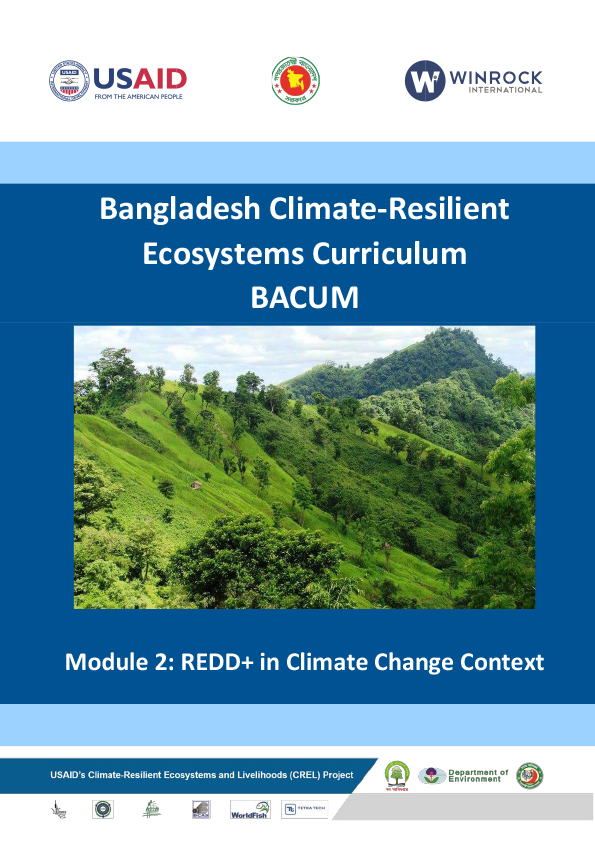
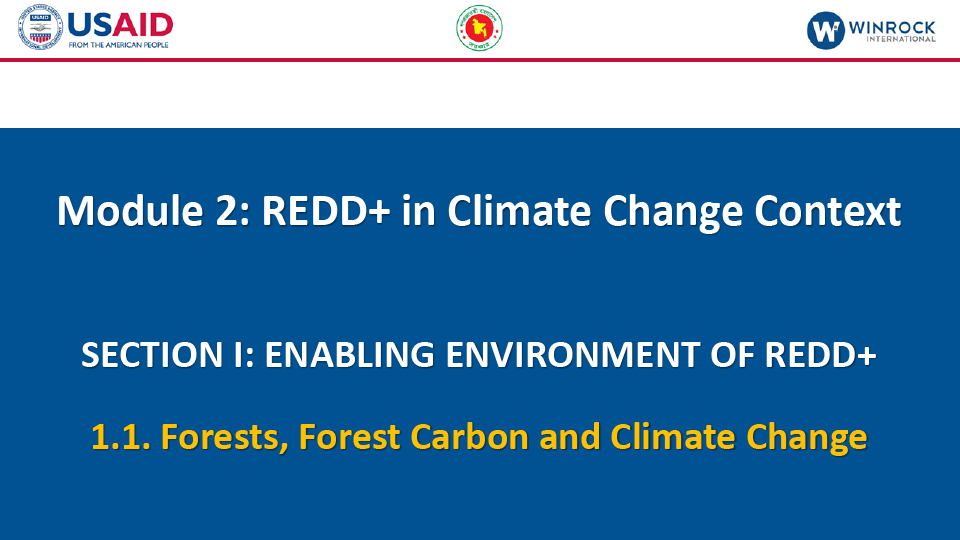
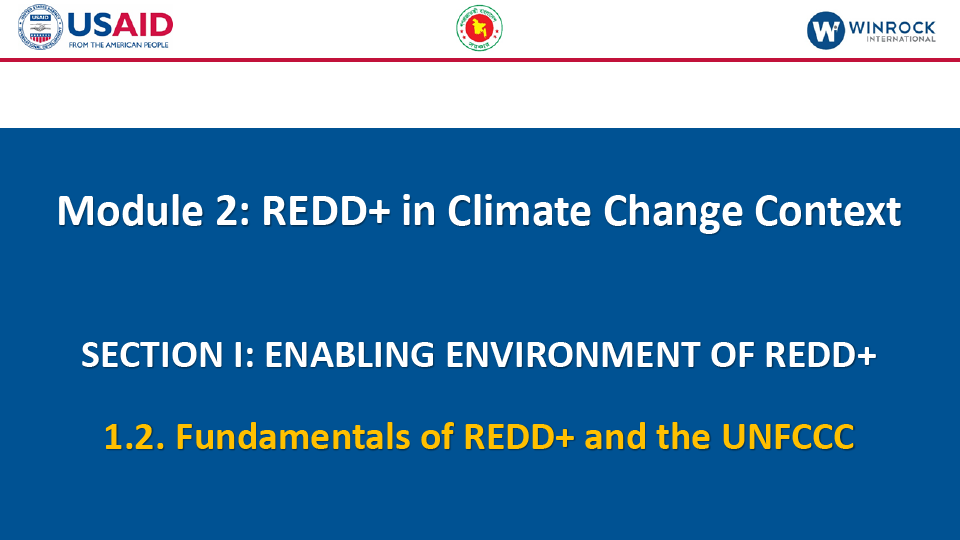
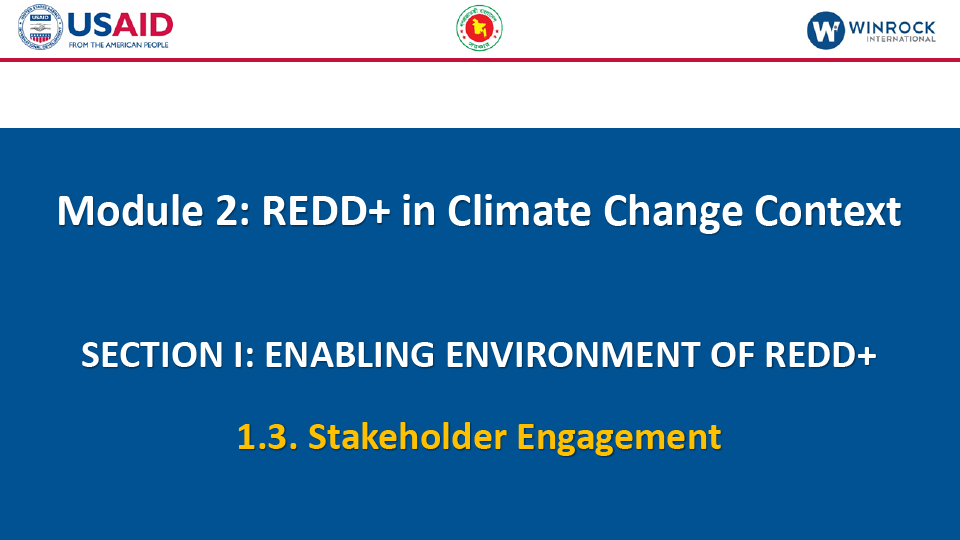
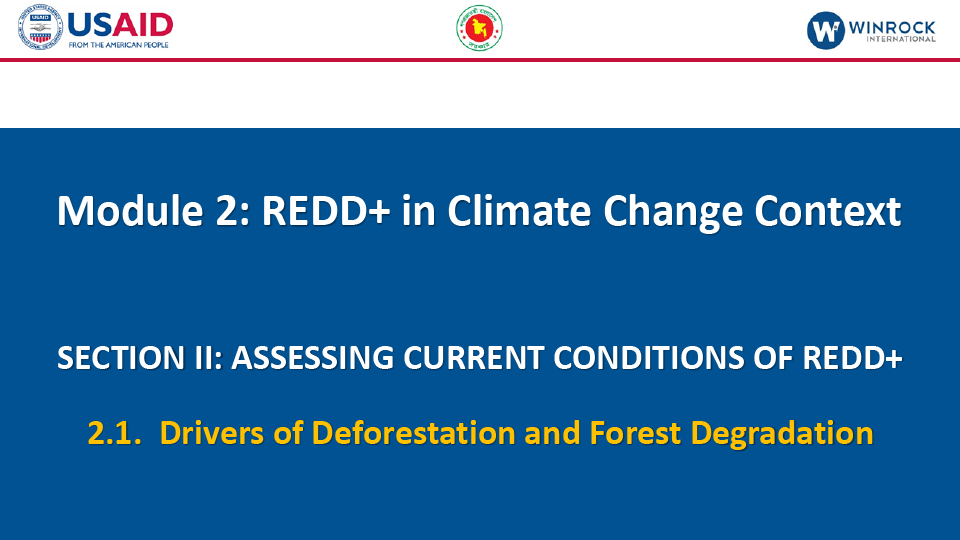
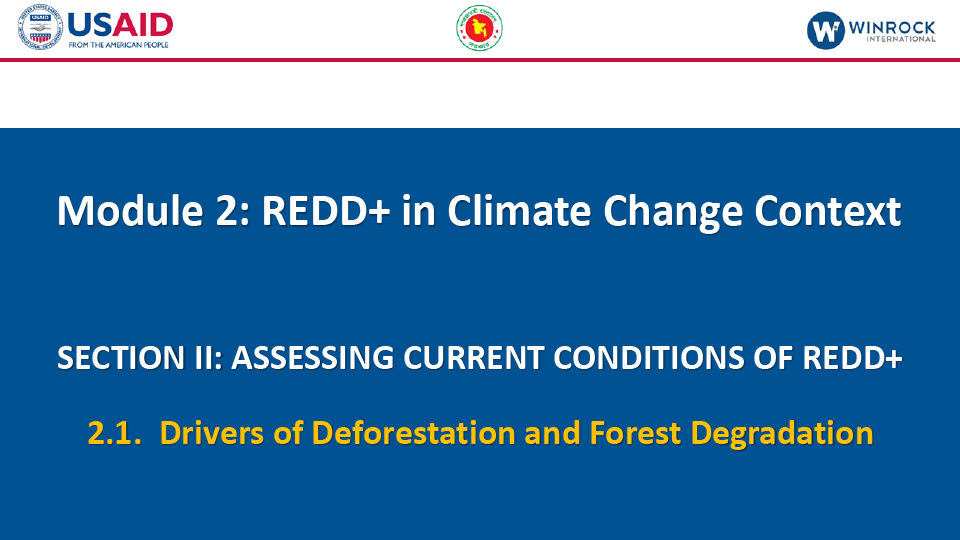
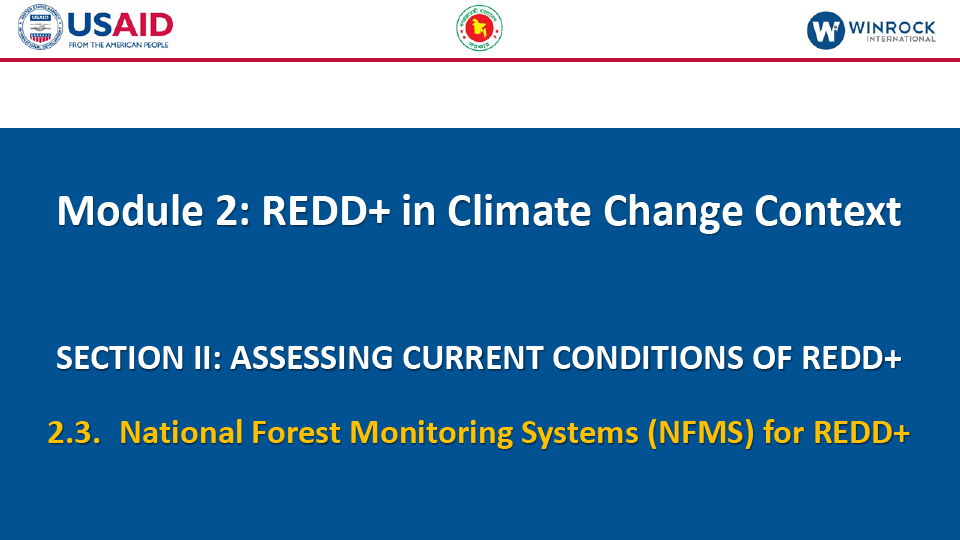
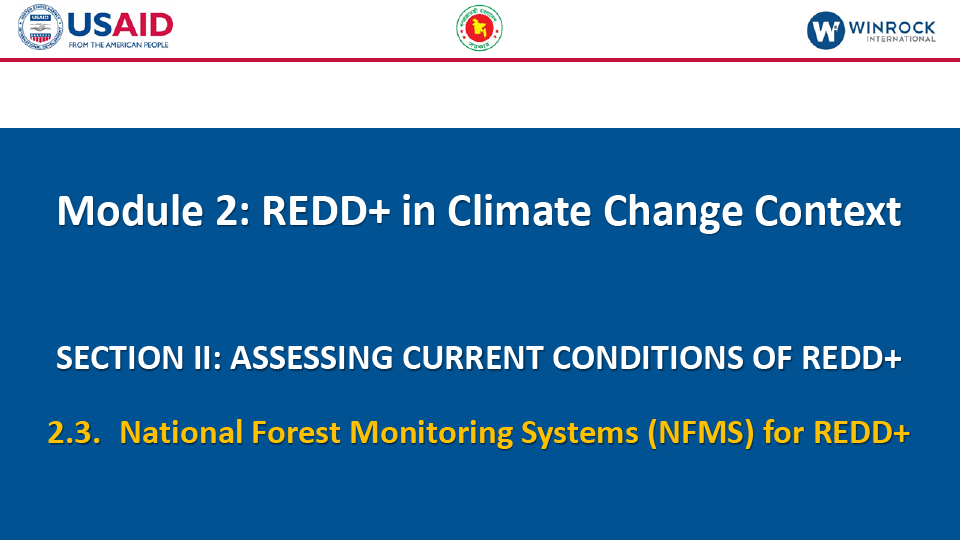
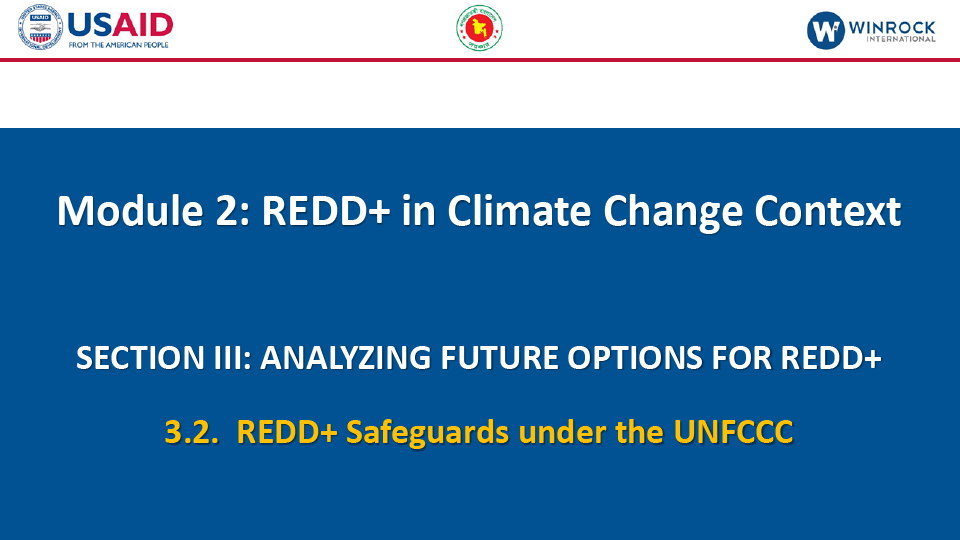

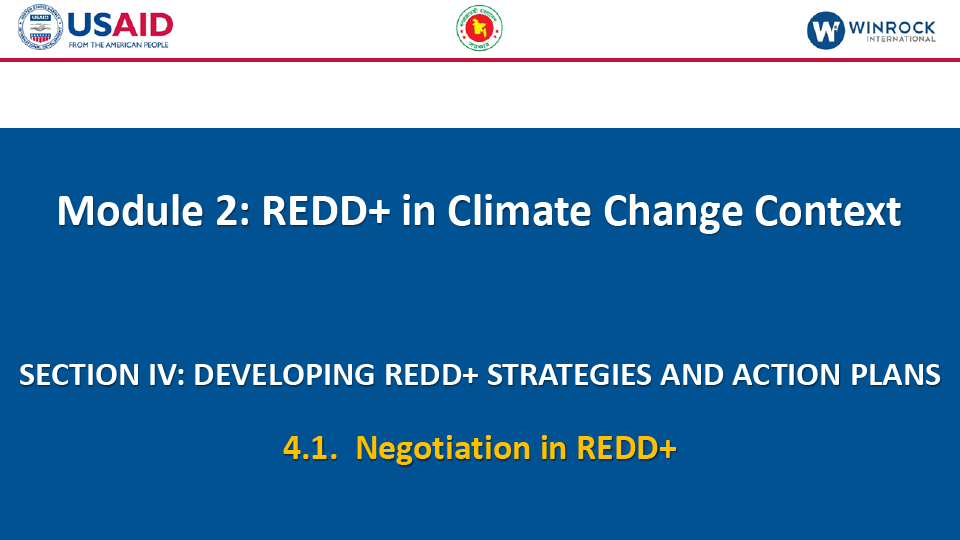

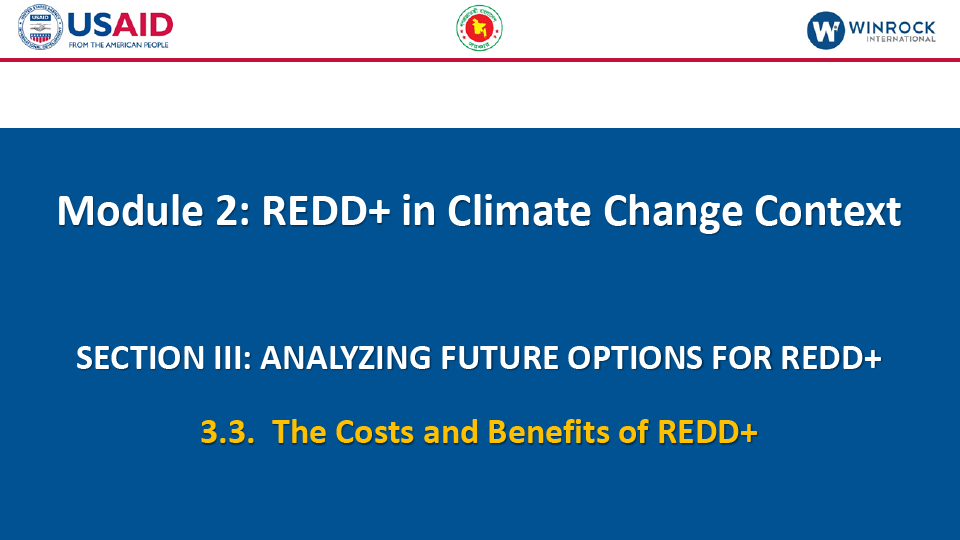
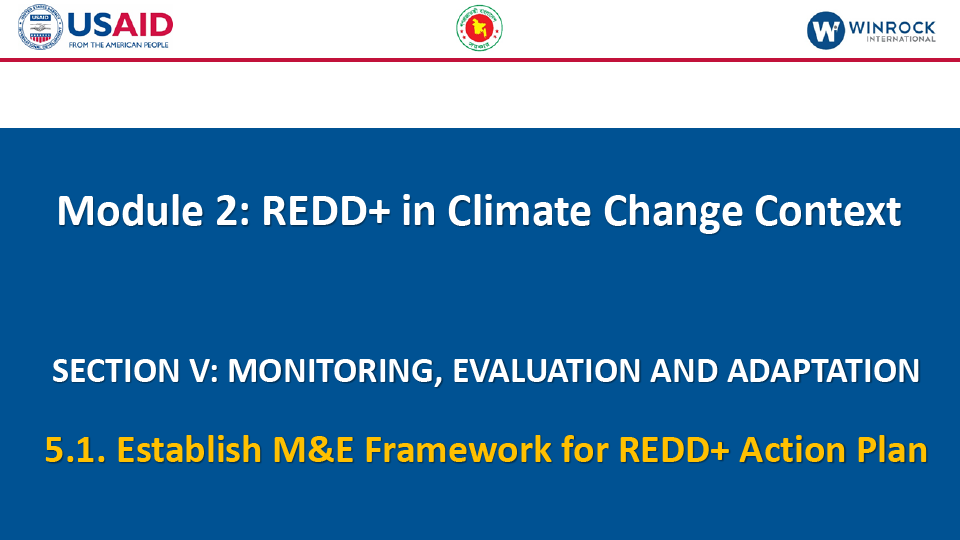
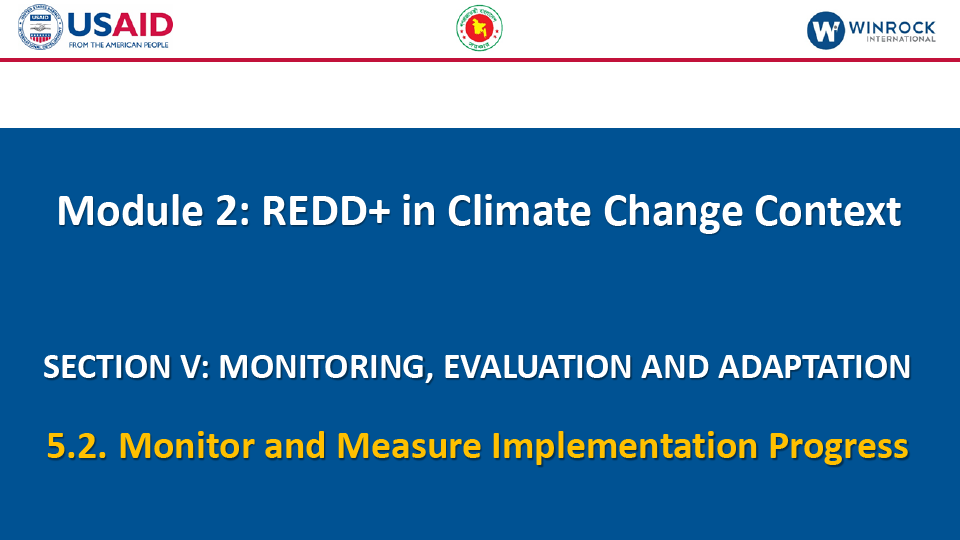
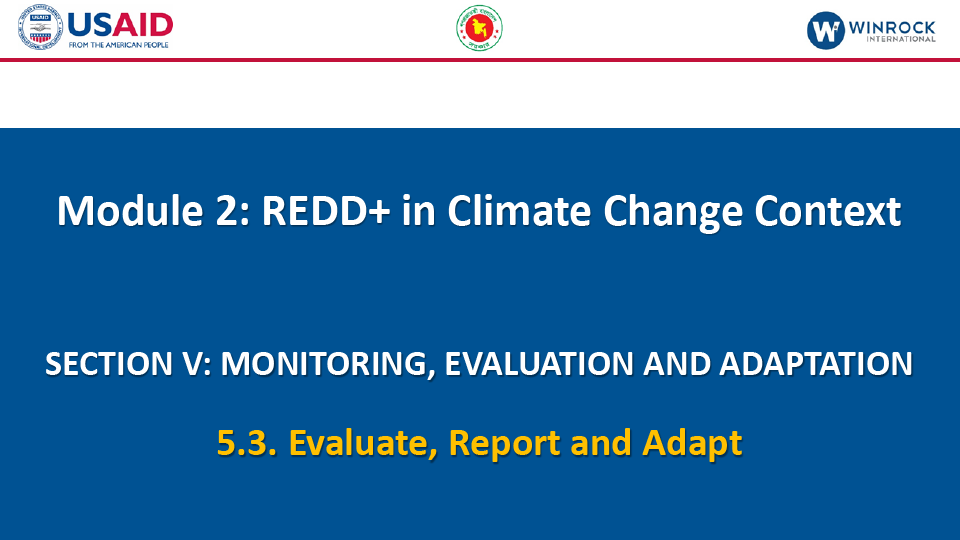
Comment
Make a general inquiry or suggest an improvement.